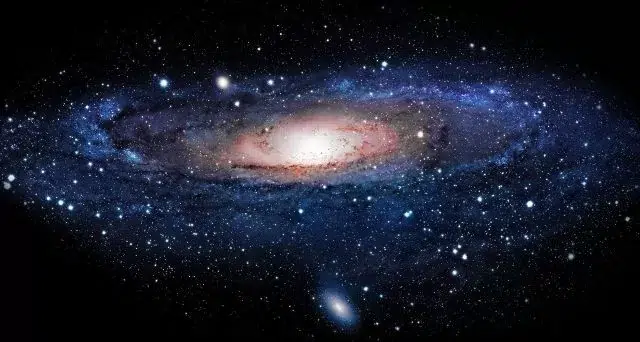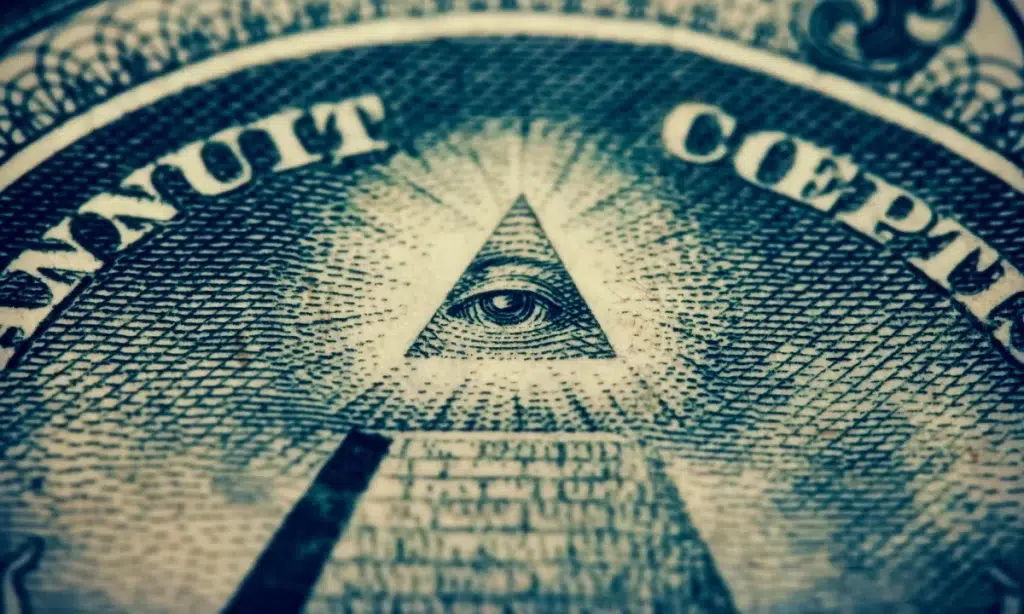What is the ‘Doomsday Clock’?
The Bulletin of the Atomic Scientists, founded by Albert Einstein and students from the University of Chicago in 1945, created the ‘Doomsday Clock’ as a symbol to represent how close the world is to a possible apocalypse.
It is set annually by a panel of scientists, including 13 Nobel laureates, based on the threats — old and new — that the world faced in that year. When it was first created in 1947, the hands of the clock were placed based on the threat posed by nuclear weapons, which the scientists then perceived to be the greatest threat to humanity. Over the years, they have included other existential threats, such as climate change and disruptive technologies like artificial intelligence.
The reason the scientists selected a clock to convey the metaphor is twofold — they wanted to use the imagery of an apocalypse (midnight) as well as the “contemporary idiom of a nuclear explosion” (countdown to zero) to illustrate the threats to humanity.
The clock was originally set to seven minutes to midnight and has since moved closer or further away from the dreaded 12 o’clock position. The furthest it has been is 17 minutes after the end of the Cold War in 1991.
Why was the clock set at ‘100 seconds from midnight’ in the first place?
In its press release last year, the Bulletin announced that it had taken the drastic step of setting the ‘Doomsday Clock’ at the ‘100 seconds from midnight’ position due to the prevailing climate conditions, “cyber-based disinformation” and nuclear risk.
“It is 100 seconds to midnight. We are now expressing how close the world is to catastrophe in seconds – not hours, or even minutes. It is the closest to Doomsday we have ever been in the history of the Doomsday Clock. We now face a true emergency – an absolutely unacceptable state of world affairs that has eliminated any margin for error or further delay,” Rachel Bronson, president and CEO of the Bulletin, said in a statement.
The group warned that leaders had undermined several major arms control treaties and negotiations, thus increasing the risk of possible nuclear war. It pointed out that the nuclear threat had increased largely because of the development of nuclear weapons in North Korea and the collapse of the US’ nuclear deal with Iran.
The Bulletin also blamed the growing inaction of governments across the world in combating climate change.
Why was the ‘Doomsday Clock’ set to ‘100 seconds to midnight’ again in 2021?
One of the major reasons the Bulletin of the Atomic Scientists set the ‘Doomsday Clock’ to ‘100 seconds to midnight’ this year was due to the debilitating impact of the coronavirus pandemic. “The pandemic revealed just how unprepared and unwilling countries and the international system are to handle global emergencies properly,” the organisation said in a statement.
“In this time of genuine crisis, governments too often abdicated responsibility, ignored scientific advice, did not cooperate or communicate effectively, and consequently failed to protect the health and welfare of their citizens,” it added.
The scientists further warned that the spread of disinformation and conspiracy theories, often by world leaders themselves, is worsening the threat of nuclear conflict and the climate emergency. The plans for economic recovery worldwide, they added, needed a greater emphasis on low-carbon investment.
Addressing the world’s nuclear landscape, the Bulletin said the US and Russia continued to accelerate their nuclear modernisation efforts, while North Korea, China, India, and Pakistan pursued “improved” and larger nuclear forces. It, once again, urged world leaders to eliminate the threat posed by nuclear weapons for good.
But why didn’t the clock’s hand move closer to ‘midnight’, despite Covid-19?
Many assumed that the clock would inch even closer to midnight due to the ongoing coronavirus pandemic. But scientists at the Bulletin said that while the pandemic was a tragedy, it was not an existential threat and could not “obliterate civilisation”.
The Bulletin stressed that nuclear war, and climate change posed a greater threat to humanity long term. However, they warned that the pandemic must serve as a wake-up call.
Also refer :
- Download the pdf of Important MCQs From the History Of Ancient India
- List Of Important Inscriptions In India







